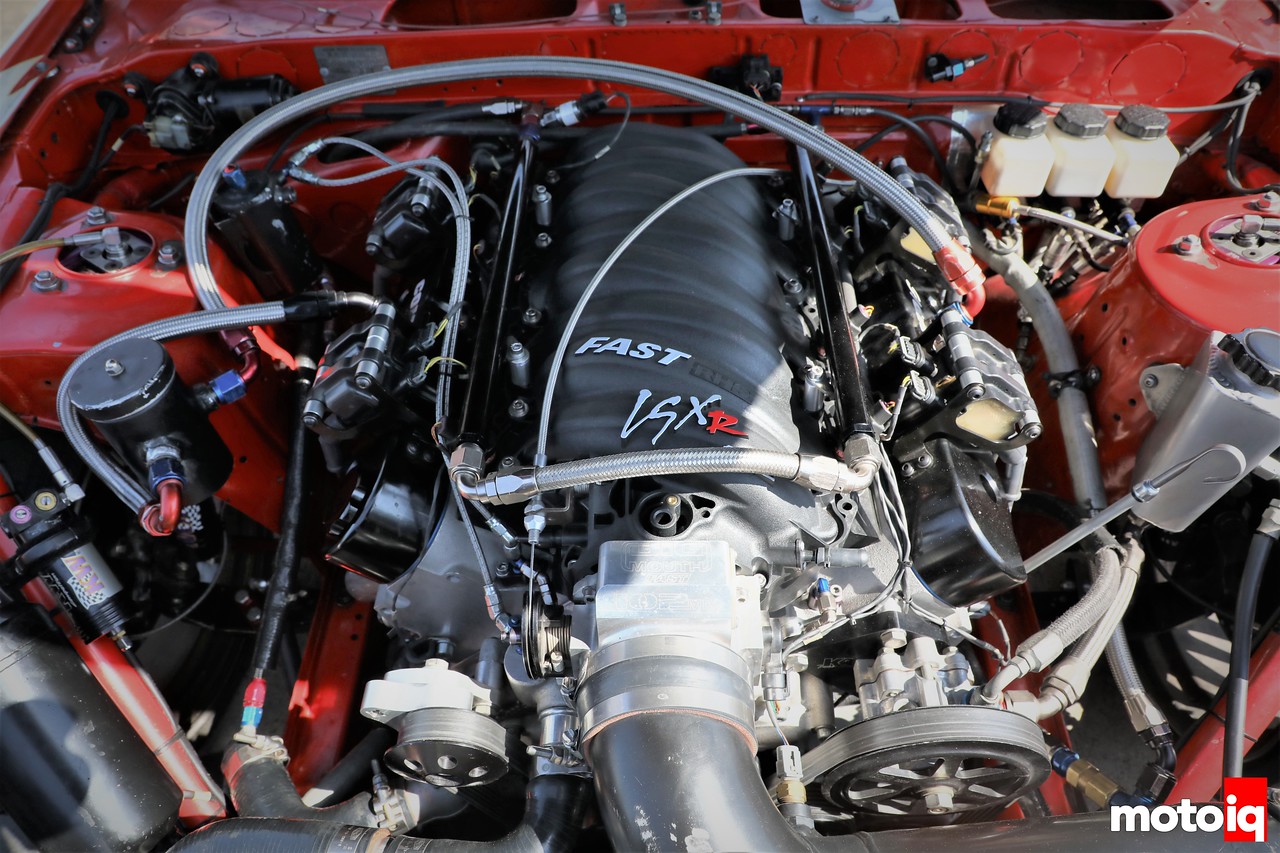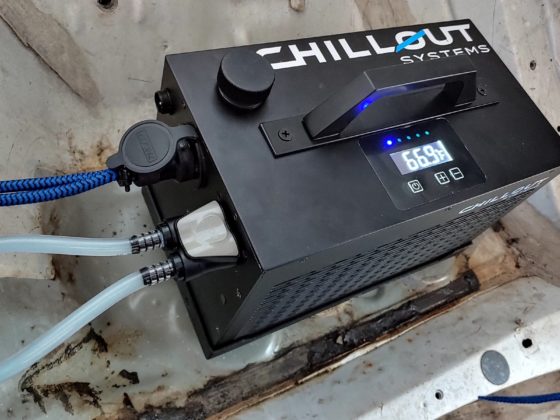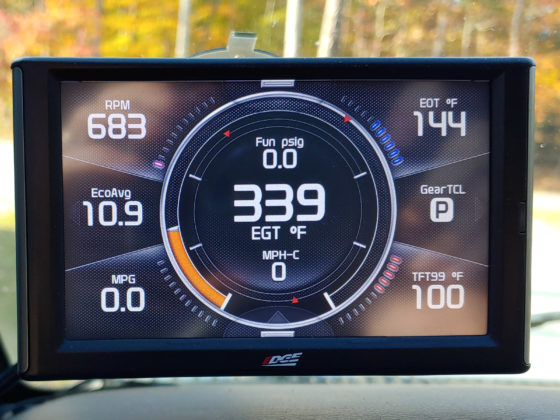
For pushrods, we are using Comp Cams Hi-Tech pushrods. These are one-piece parts made out of seamless chrome-moly. Having experienced about every sort of pushrod failure possible, we can appreciate the one-piece construction! After forming the pushrods are OD ground for consistency and heat treated. The cool thing about the Comp Cams pushrods is that their mass is considered when matching the frequency of the entire valvetrain so they are tuned to help reduce surge and float.

When assembling the head the first step was to redo the valve job. We cut the damage out of the valve seats by having them machined with a Newen CNC valve seat cutter. Having to sink the valves to get rid of the damage is going to have an impact on power for sure but the continuous radius of the Newen’s seats will help reduce the effect. The old heads we are salvaging are square port L98 heads with some sort of generic mild CNC porting. Not the best for power production but adequate for this demo engine.
Here Howard puts the innerspring seats in place so he can set the valve spring installed height. Setting the installed height is an important step to make sure the valve spring preload is correct and it is a step that many engine builders skip! The installed height is a dimension from the top of the spring seat to the spring seating surface on the retainer and every valve spring manufacturer specifies this dimension.

Howard puts a 1″ spacer he machined to make the operation easier on top of the spring seat. It is not necessary to do this but this is a Howard trick. The smaller gap is easier to measure and Howard simply adds an inch to the space he measures to determine the installed height.

Howard then installs the retainer and keepers and moves the valve up and down until the retainer hits the spacer, measuring the distance with a dial indicator, he then adds one inch to this dimension to get the installed height. Some guys use a snap gauge or even calipers but by using a spacer and dial indicator, Howard can accurately measure the installed height to within 0.001″. Howard uses shims to adjust the installed height under the spring seat. In the rare case where the installed height is too short, the spring seat pocket would have to be machined deeper but we have never seen this to be the case.

With the installed heights dialed in for every valve, Howard gets the spring seat, valve seals, inner and outer springs and retainers in place to be assembled.




7 comments
Hard to believe this build is rather ‘old school’ in the LS world. Amazing that such a simple (but well designed) engine has been continuously improved by the aftermarket for 20 years now. Great photos too!
It’s a simple but overbuilt build where durability is more important than power output.
Is there anything Howard CAN’T do?
How did this engine do in the car in practical use this season? Grid life Midwest was a long, long time ago.
It’s a demo car, not a competition car. Its last outing was during SEMA Show.
What’s that got to do with anything? Just curious if it did all the things you had set out for it to do. Ran well, didn’t blow up etc.
Of course, it ran well.